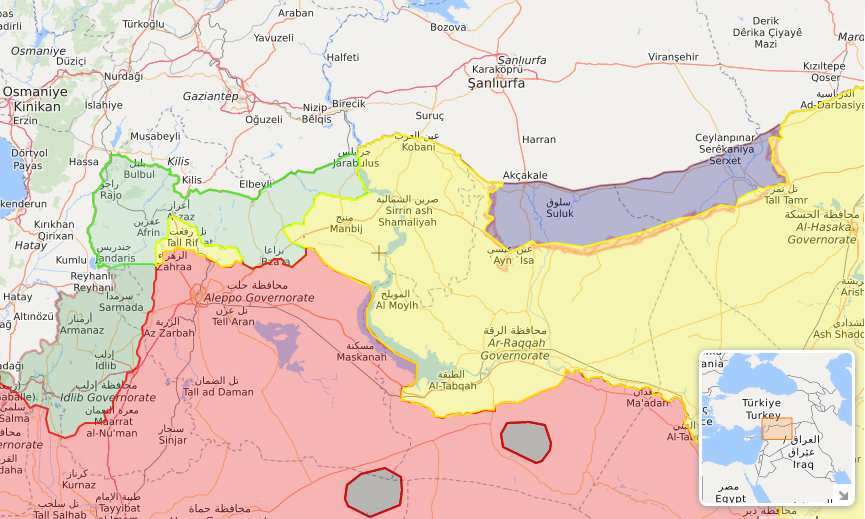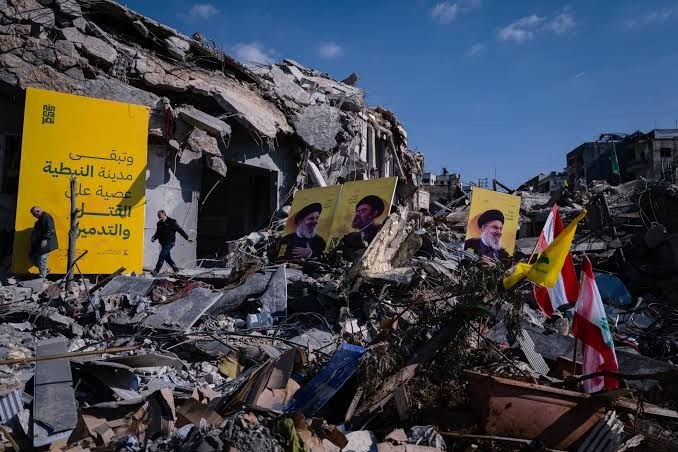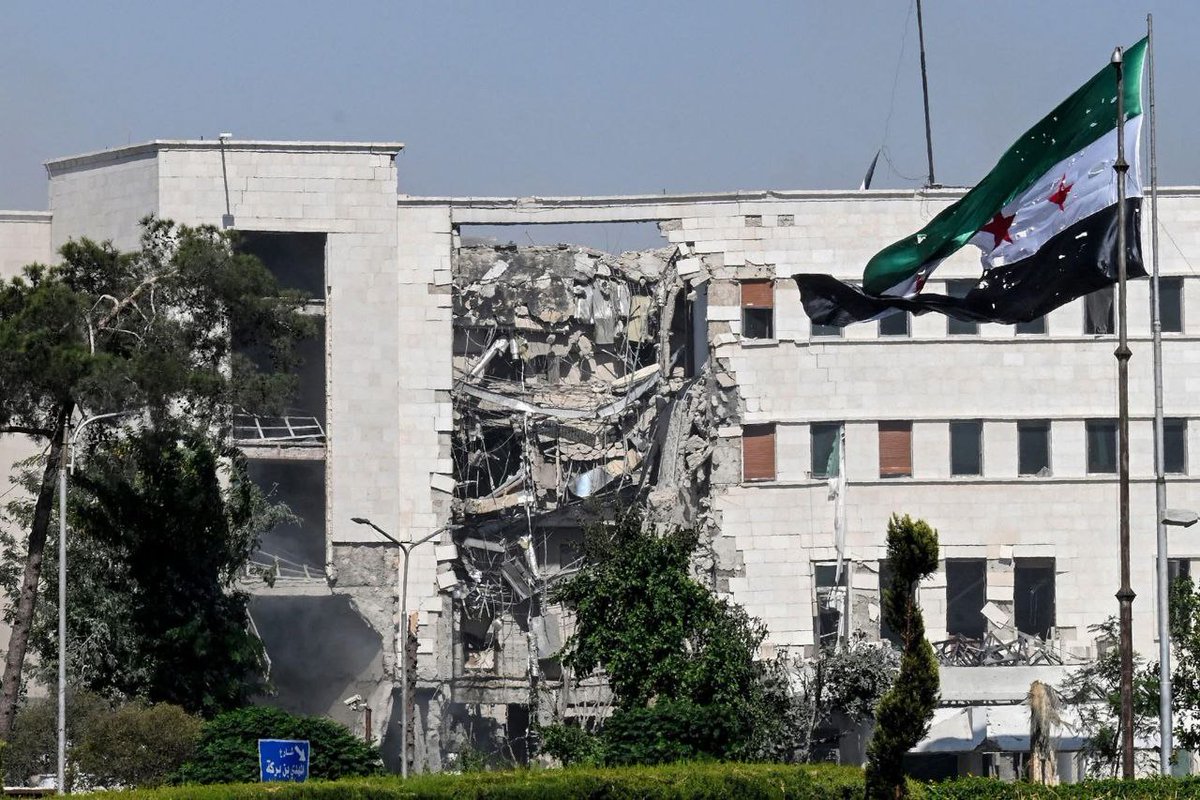Based on the complications and the Turkish officials high tone statements, the main question will be what are #Turkey's options in responding to what happened in southern Mari'? 1/6
#Russia #USA #Syria #Biden #Erdogan #Putin #Iran
#Russia #USA #Syria #Biden #Erdogan #Putin #Iran
https://twitter.com/evacool_/status/1447652990014345218

The first option, #Turkey may move towards exploiting what happened to carry out a media attack on the #YPG militia preparing for a military operation in another area less sensitive to #Russia (Ein al-Arab - Kobane city for example).2/6 

This operation more likely will be coordinated with #Moscow in order to push the Kurdish militias in eastern #Syria to get closer to the #Assad regime and #Russia, as they are able to protect them from #Turkey.3/6 

Second option,Turkey to move towards Tal Rifat and Russia to withdraw peacefully from the region, despite its importance, in order to increase the tension of Turkish-American relations especially after US's latest threats on any Turkish move against the Kurds of #Syria.4/6 

The third option is for #Turkey not to move militarily, but rather to exploit the incident to put pressure on #Washington in the file of the Kurds of #Syria in order to obtain breakthroughs in other files, the most important of which are the S-400 and the F-16 file.5/6 

The balances in #Syria have become very sensitive and complex, and any step by any party, if not calculated, may lead to an unwanted collision. Therefore, any Turkish move on the ground will be through a deal, otherwise military action is excluded.6/6
#Turkey #Russia #USA

#Turkey #Russia #USA


• • •
Missing some Tweet in this thread? You can try to
force a refresh










